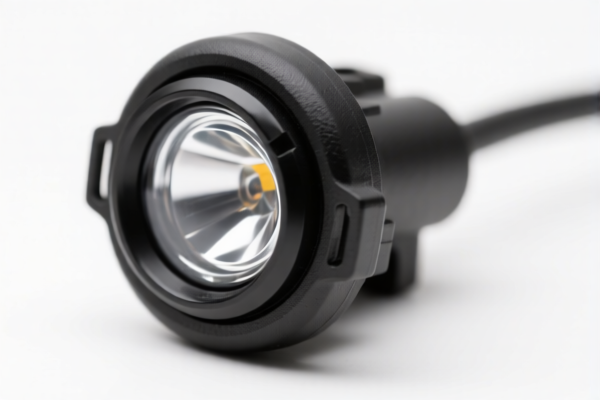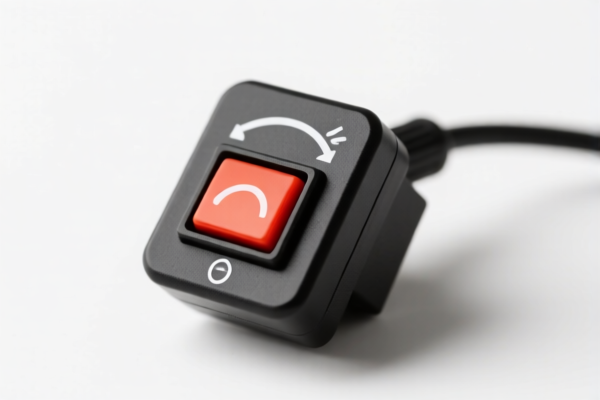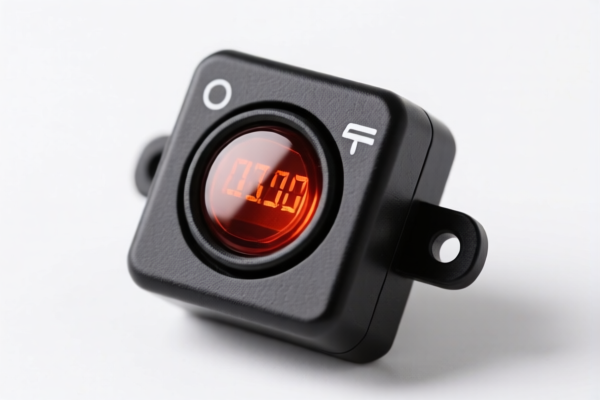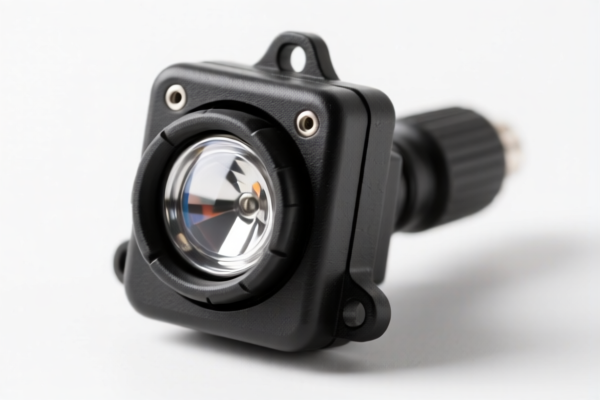| HS Code | Official Doc | Tariff Rate | Origin | Destination | Effective Date |
|---|---|---|---|---|---|
| 8511806000 | Doc | 57.5% | CN | US | 2025-05-12 |
| 8511906040 | Doc | 57.5% | CN | US | 2025-05-12 |
| 8548000000 | Doc | 55.0% | CN | US | 2025-05-12 |
| 8472909080 | Doc | 55.0% | CN | US | 2025-05-12 |
| 8473305100 | Doc | 70.0% | CN | US | 2025-05-12 |
| 8473309100 | Doc | 45.0% | CN | US | 2025-05-12 |
| 8479899550 | Doc | 32.5% | CN | US | 2025-05-12 |
| 8714998000 | Doc | 47.5% | CN | US | 2025-05-12 |




Headlight Control Module
A Headlight Control Module (HCM) is an electronic control unit responsible for managing the operation of a vehicle's headlights and related lighting systems. It represents a significant advancement over older, mechanically-operated headlight systems, offering increased functionality, reliability, and safety.
Material
HCMs are typically constructed using a combination of materials to withstand the automotive environment and ensure long-term performance:
- Printed Circuit Board (PCB): Forms the base of the module, housing all electronic components. Typically FR-4 epoxy laminate.
- Integrated Circuits (ICs): Microprocessors, drivers, and other chips made of silicon.
- Connectors: Plastic housings with metal pins for electrical connections, often utilizing materials like PBT or Nylon.
- Housing/Casing: Durable plastic (ABS, Polycarbonate) to protect internal components from moisture, dust, and physical damage. Some modules may have aluminum heat sinks for thermal management.
- Relays/MOSFETs: Used for switching high-current headlight loads, containing metal contacts and insulated housings.
Purpose
The primary purpose of an HCM is to control the various functions of a vehicle’s headlights, including:
- Headlight Activation/Deactivation: Turning headlights on and off, often integrated with automatic headlight systems.
- High Beam Control: Switching between high and low beams, with automatic dimming capabilities.
- Automatic Headlight Control: Adjusting headlights based on ambient light levels detected by a light sensor.
- Headlight Leveling: Maintaining correct headlight beam angle, especially in vehicles with load-dependent suspension.
- Directional Headlights: Controlling headlight direction based on steering angle for improved visibility around corners.
- Adaptive Front-lighting System (AFS): Advanced control of headlight beam patterns based on speed, steering angle, and other factors.
- Daytime Running Lights (DRL) Control: Managing the operation of DRLs.
- Communication: Interfacing with other vehicle systems (e.g., Body Control Module (BCM), sensors) via CAN bus or other communication protocols.
Function
HCMs operate by receiving input signals from various sensors and switches, processing these signals, and then controlling the headlight circuits accordingly.
- Sensor Input: Receives signals from light sensors, steering angle sensors, vehicle speed sensors, and ride height sensors.
- Switch Input: Receives signals from headlight switches, dimmer switches, and automatic headlight override switches.
- Microprocessor: Processes input signals using pre-programmed algorithms and control logic.
- Driver Circuits: Amplifies signals to control relays or MOSFETs.
- Output Control: Activates or deactivates headlight circuits to control the operation of individual headlights, high beams, and other lighting functions.
- Diagnostic Capabilities: Monitors headlight performance and reports faults to the vehicle's diagnostic system.
Usage Scenarios
- Automatic Headlight Activation: Headlights automatically turn on when ambient light levels fall below a certain threshold.
- High Beam Assist: Automatically switches between high and low beams based on the presence of other vehicles.
- Cornering Lights: Illuminates the area around corners when turning.
- Adaptive Headlights: Adjusts headlight beam patterns to optimize visibility in various driving conditions.
- Headlight Leveling: Maintains correct headlight beam angle when the vehicle is loaded or unloaded.
- Fault Detection: Alerts the driver to headlight malfunctions, such as burned-out bulbs or sensor failures.
Common Types
- Standalone HCM: A dedicated module solely responsible for controlling headlights.
- Integrated HCM: Headlight control functions are integrated into a larger module, such as the Body Control Module (BCM).
- CAN Bus Controlled HCM: Communicates with other vehicle systems via CAN bus, enabling advanced features and diagnostics.
- LIN Bus Controlled HCM: Uses the LIN bus for communication, typically found in simpler headlight systems.
- AFS HCM: Specifically designed for Adaptive Front-lighting Systems, offering advanced control of headlight beam patterns.
Based on the provided information, the following HS codes may be relevant to a headlight control module:
-
8511806000: This code covers electrical ignition or starting equipment for spark-ignition or compression-ignition internal combustion engines, specifically “Other equipment”. Given that a headlight control module is an electrical component used in conjunction with an engine, it could fall under this classification. The total tax rate is 57.5%, comprised of a 2.5% base tariff, a 25.0% additional tariff, and a 30.0% additional tariff effective after April 2, 2025.
-
8548000000: This code encompasses electrical parts of machinery or apparatus not specified elsewhere in the chapter. If the headlight control module is considered a general electrical part without a more specific classification, this code may apply. The total tax rate is 55.0%, consisting of a 0.0% base tariff and a 25.0% additional tariff, increasing to 30.0% after April 2, 2025.
-
8473305100: This code covers parts and accessories suitable for use solely or principally with machines of headings 8470 to 8472, specifically parts and accessories of the machines of heading 8471 not incorporating a cathode ray tube. If the headlight control module is a component of a vehicle manufacturing machine (heading 8471), this code could be applicable. The total tax rate is 70.0%, with a 0.0% base tariff, a 25.0% additional tariff, and a 25.0% additional tariff for steel or aluminum products.
-
8473309100: This code also covers parts and accessories suitable for use solely or principally with machines of headings 8470 to 8472, specifically parts and accessories of the machines of heading 8471, but “Other”. If the headlight control module is a component of a vehicle manufacturing machine (heading 8471), this code could be applicable. The total tax rate is 45.0%, with a 0.0% base tariff and a 25.0% additional tariff, increasing to 20.0% after April 2, 2025.
Regarding HS code 8473305100 and 8473309100, please note the additional tariff of 25% for steel or aluminum products.
Customer Reviews
No reviews yet.